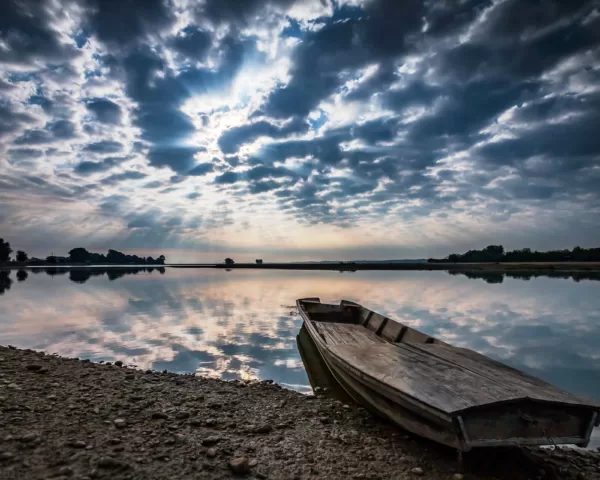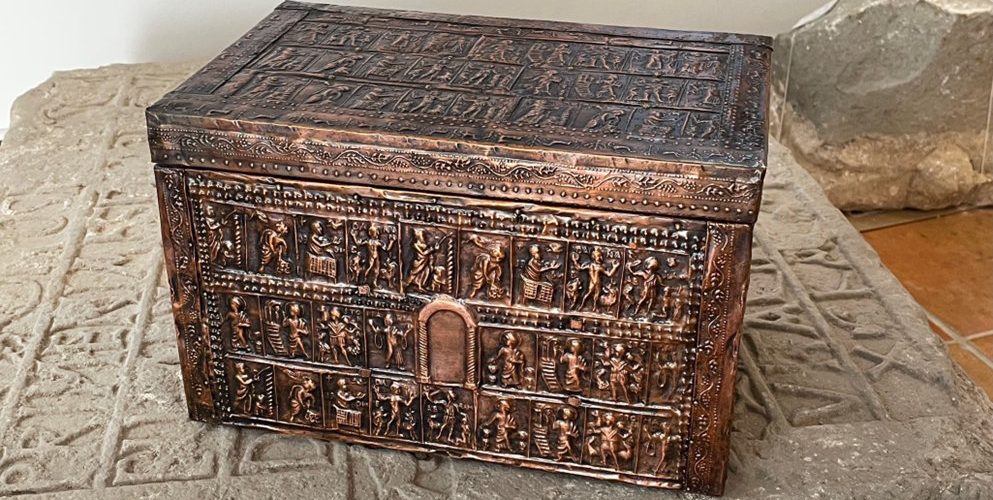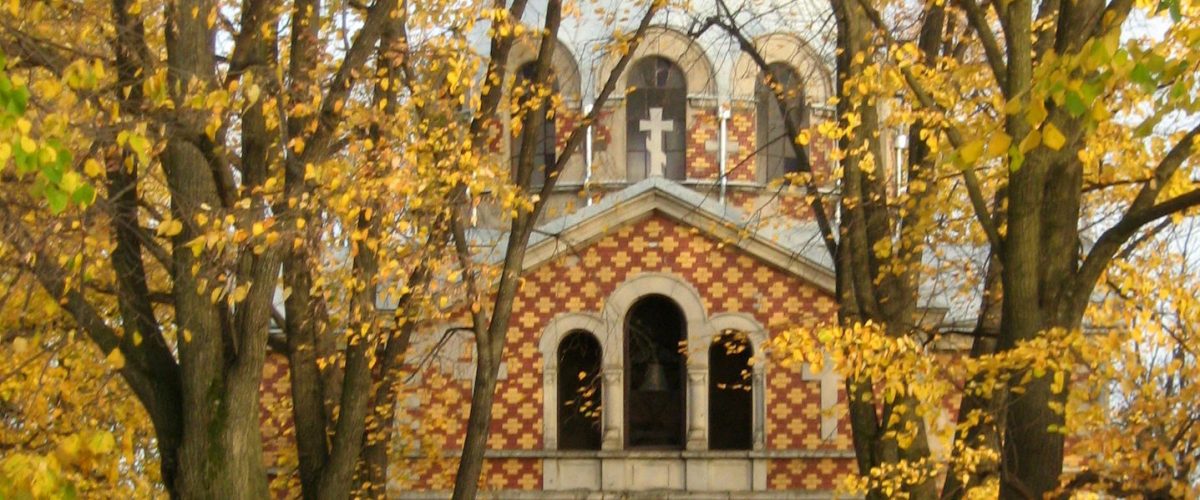UNINTRUSIVE MOUNTAIN BEAUTY – NATURE PARK GOLIJA
By Dejan Zagorac
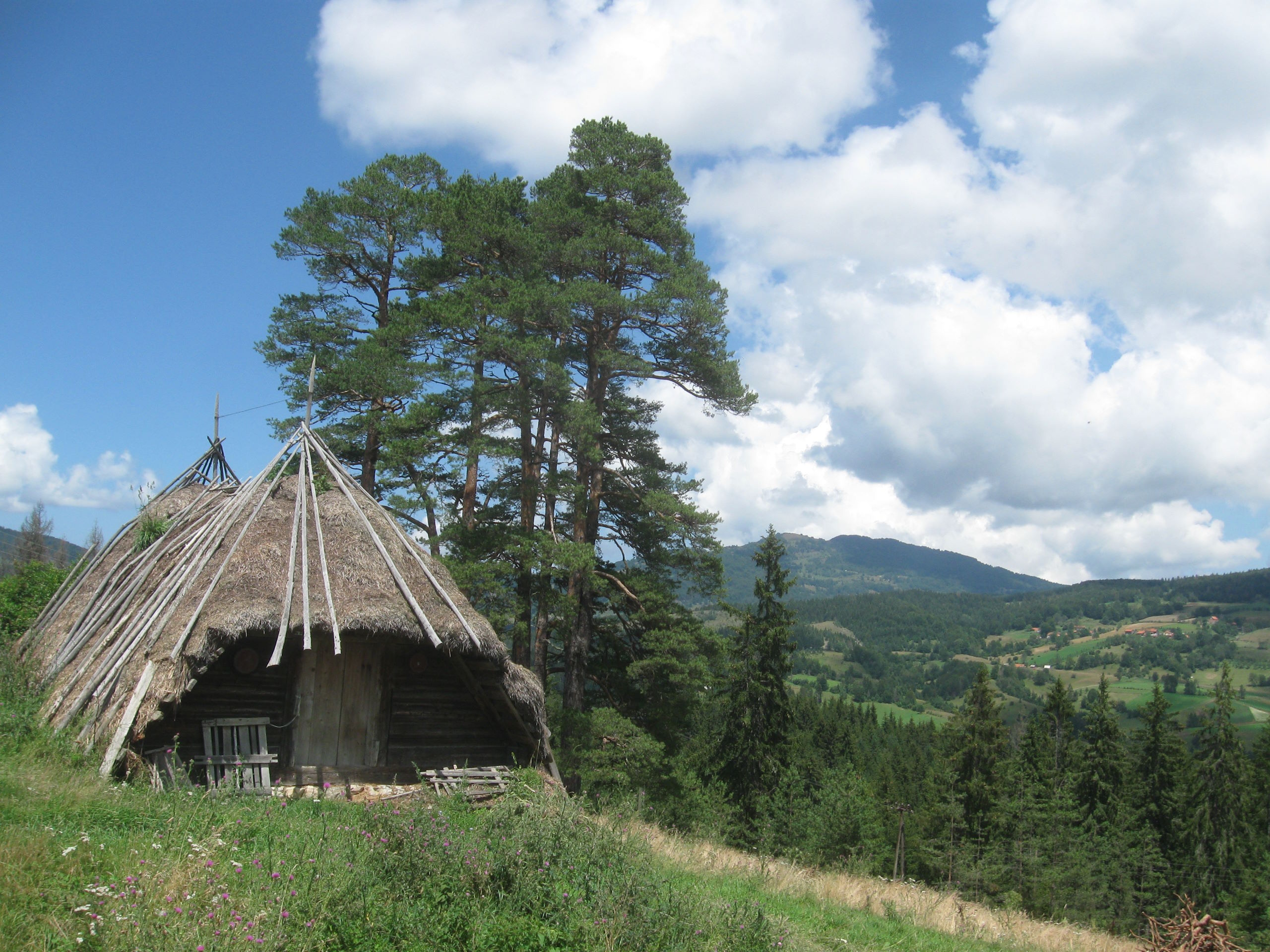
In Serbia, the country rich in natural and cultural assets, Nature Park Golija has no equal for the number and importance of rarities and beauty, cultural-historical tangible and intangible heritage in a relatively limited area and their harmonious interweaving. It’s no wonder the Mountain and the area that gravitates towards it were declared the Biosphere Reserve in 2001. The name of monastery and settlement Studenica was added to the Nature Park and thus interdependence of nature and human activity was emphasized even more.
Golija has that luck (some would also say misfortune) not to be on the main corridors and also not to be one of the most important tourist destinations in Serbia. The fact is that almost everybody has heard about it, but only few of them visited it, walked along its hardly passable roads, visited villages and cultural and historical sites, except the most important monasteries Gradac and Studenica. It is situated in the south-western Serbia near the famous Valley of the Kings. Its hidden but majestic beauties are not reached on the way to another destination like Zlatibor and Zlatar that are on your way to the seaside, or Stara planina (Old Mountain) that is on the way to the east. By administrative decisions it was divided into five municipalities (Kraljevo, Raška, Ivanjica, Novi Pazar and Sjenica), but we still view the area as a single whole.
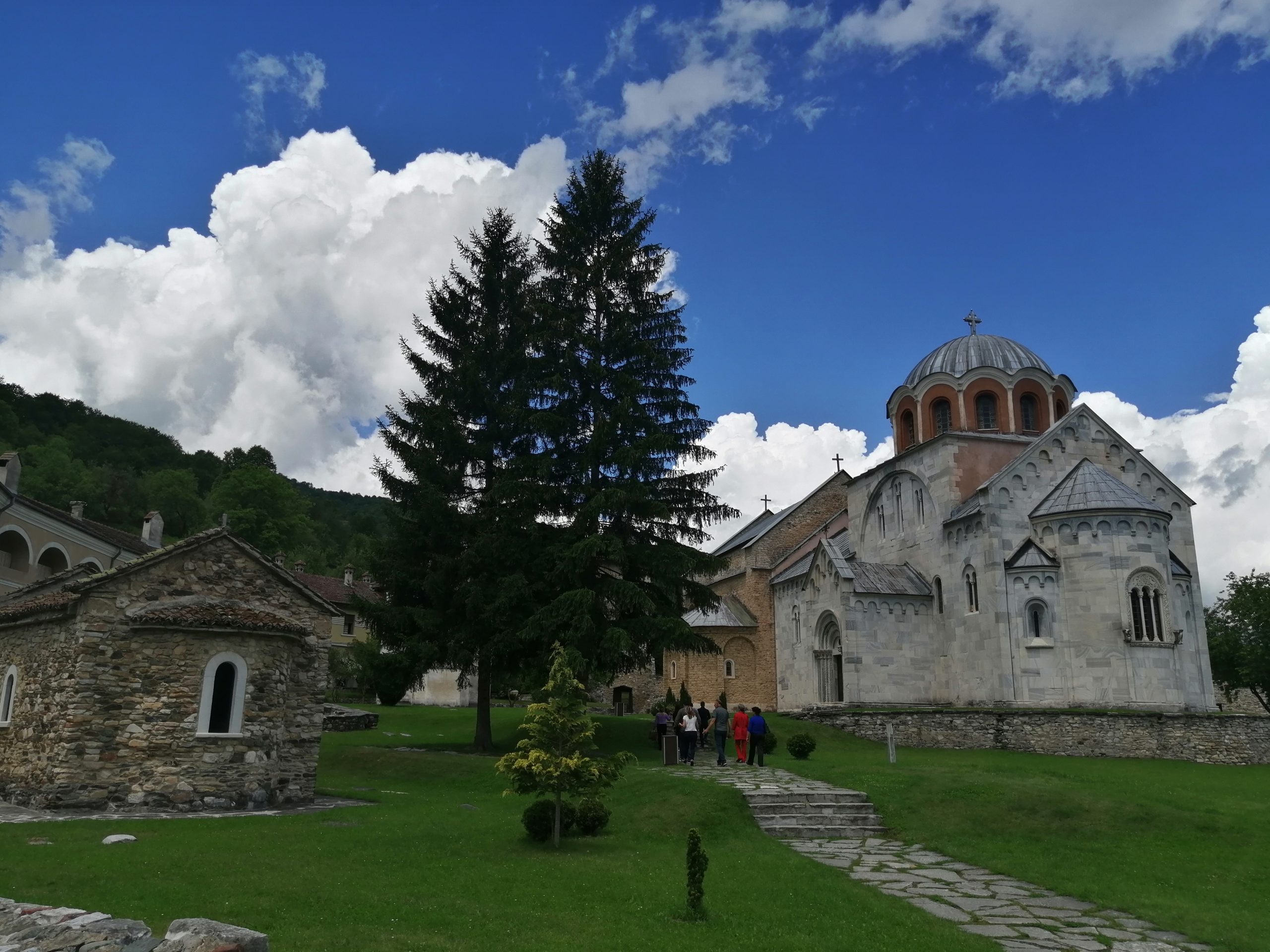
What once seemed to be the shortage and with a lot of cynicism called a backward area, in new circumstances of the overall global environmental crisis and the search for authentic values, uncorrupted people and preserved nature, even a refuge from global pandemics, is a value and an advantage today that is more and more rare and is highly rated. Today Golija is a real unintrusive gem.
Golija offers its visitors clear streams and pastures, beautiful views from Jankov kamen (Janko’s Rock) to the whole mountainous Serbia, old villages of Old Vlach and the most hospitable householders ready to serve an unexpected guest everything they have , both dried and cooked, to toast with “Golija’s third”, to taste freshly picked raspberries or potatoes just pulled out.
As UNESCO program says, biosphere reserves are for both people and nature. The essence of sustainable development is in finding the right balance and finding balance from the complete use of natural resources to coexistence and exchange between man and nature.
Fortunately, such balance can still be found on Golija and with the help and support of the competent state authorities, ministries, inspections and always important civil society and international projects, the vision of the development of Nature Park and Biosphere Reserve that would serve as examples for the development of other area and which people would visit in order to learn from a concrete example what sustainable development should mean, is achievable.
Golija with its natural beauties, with the authentic spirit and population mentality, should be a civilization model for a way of life not only in our country but all around ecologically wounded Europe and the world. What will happen to Golija, still depends on ourselves, on enthusiasm of the people in charge of taking care of it, on visions of politicians (or, in modern language said, on the representatives of decision makers), on emigration of people or survival on their native soil, on chroniclers and writer like Milislav Savić and journalist Boško Veljković who popularize it, on aware visitors who, fortunately, fill capacities of the people engaged in the rural sustainable tourism for now, on our readiness to support and take part in initiatives that preserve nature and sustainable concept of development of this Biosphere Reserve …
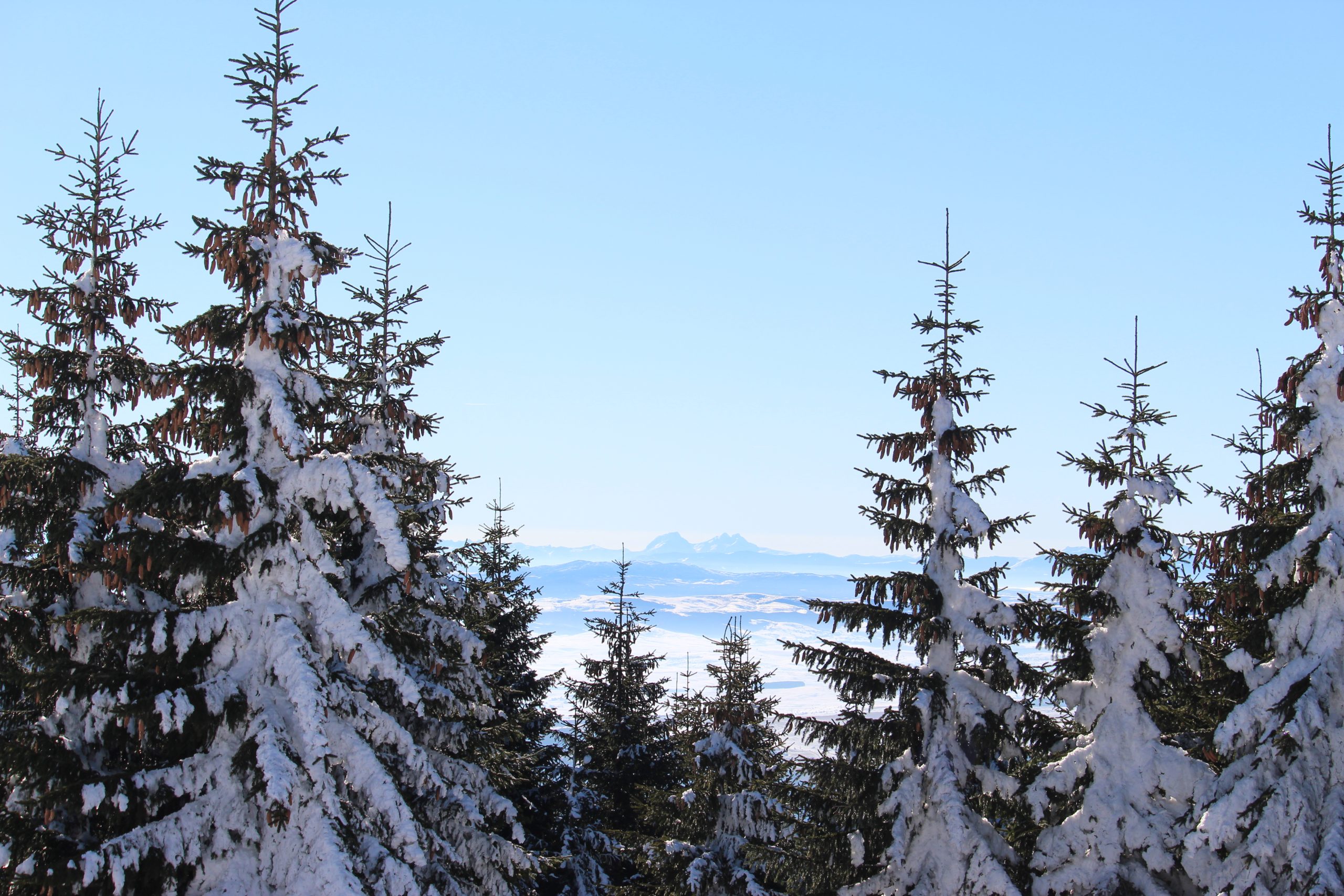
If you really want to get to know Golija let it not be an “extended weekend” but a vacation on which you will go to Dajić and Kašanin lakes, the Izubra Falls and gorges of Studenica River. Of course, plan a day for monasteries Studenica, Gradac and Kovilje, talk to monks and nuns, visit monastery in Pridvorica and church Nikoljača near Rudno. Prepare yourself for an amazing experience when you once climb lower and (especially) upper Sava’s hermitage. Go on a tour with local guides who make a living form it. Search chanterelle mushrooms, boletus and even truffles with mushroom pickers.
Visit nearby towns that gravitate to this area, Kraljevo, Raška, Ivanjica, Sjenica and Novi Pazar. Each of them has much to offer and present, and each of them (especially Ivanjica) has a special relation to Golija.
All seasons are good for a tour and each has its charms. However, it is not just a saying “A hero does not know what Golija is.” To an overconfident visitor Golija could show the right nature and you should be aware of that. Here, especially in spring and autumn, all the four seasons can change in a single day. A close encounter with bears and wolves is possible, as well as landslides and gullies in front of which even the most powerful giants remain stuck.
Respect nature, talk to locals, listen to the spirit of the hundred-year-old mountain maple, spruce, fir, enjoy the views from the heights, drink water from Gradac Spa and Sava’s springs, enjoy the taste of cheese, kaymak, obarusa, cured meat products …
In a word, respect and experience Golija. Then it will spread its arms and show all its unintrusive mountain beauty.
Gastronomy of Golija
Gastronomy, as a part of intangible cultural heritage, is becoming an increasingly important part not only of tourist offer, but also cultural heritage of a country. Special attention should be paid not only to its preservation, but also its improvement and modernization.
New times, new customs … Although eating habits of the population do not change easily and quickly, gastronomy is subject to change and trends. Sometimes this is positive and good, but sometimes it is very negative and leads to loss of gastronomic diversity, which is, just like biological, an important part of the wealth and heritage of each region, area and even people.
Traditionally, the people of Golija, mostly depended on bread and dairy products, as well as cereals, fruit, and vegetables, which, wild or grown, saved this pleasant region from starvation and disease.
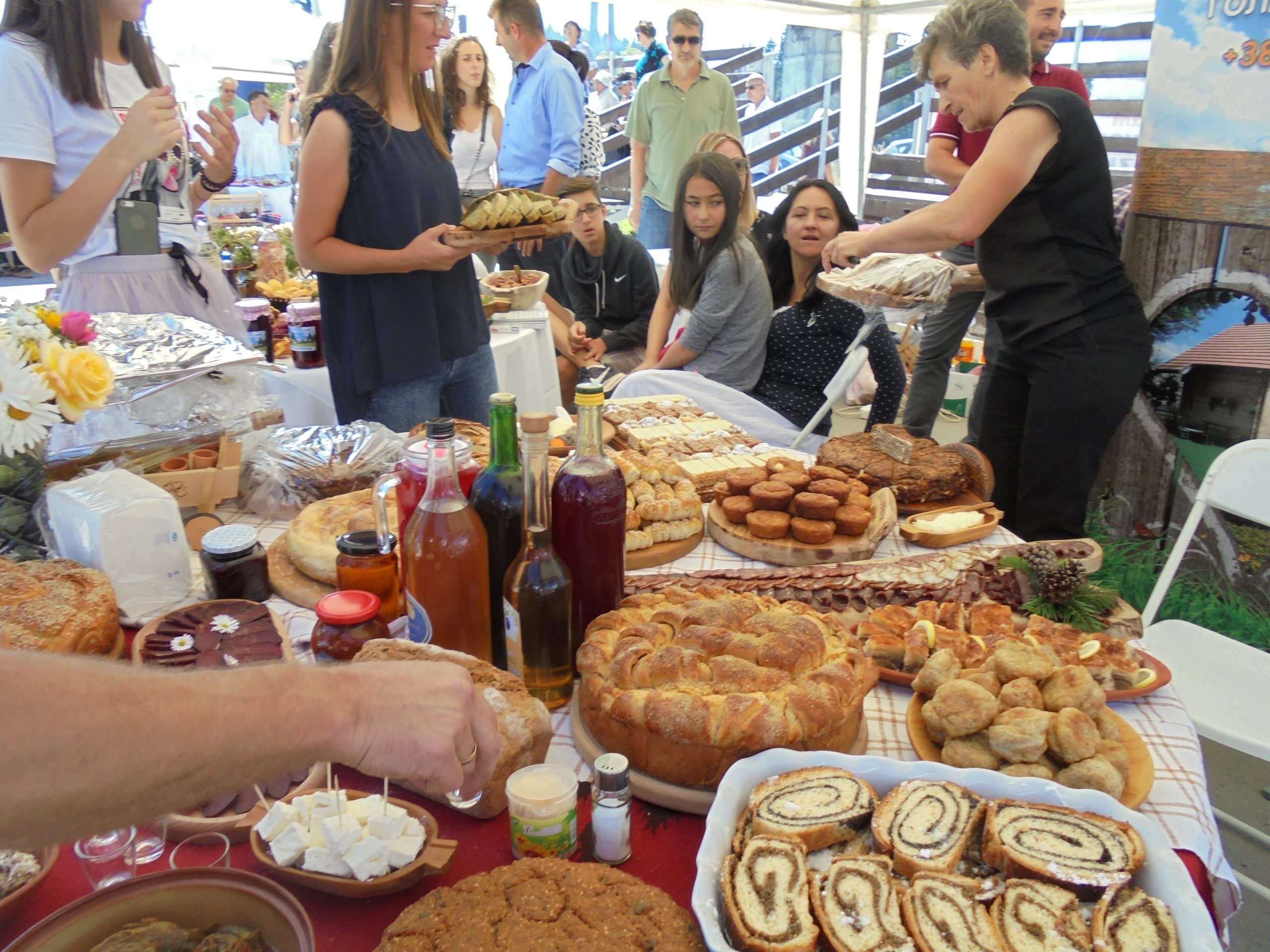
As people of Golija were in the past, and to lesser extent, are even now, like the other people of the Old Vlach, mostly engaged in cattle breeding, cured meat products, although not always, used to be on the table and were the part of the stronger diet important for hard and arduous work. Today, cured meat products, primarily smoked ham, bacon and sausages, are the main gastronomic trump card of the whole western Serbia. However, as in mass tourism some other destinations, with better marketing and stronger financial investments took precedence, Golija is not the synonym of either smoked ham, beef and pork, or bacon and other meat products. Just because of that, producers from these areas, preserved traditional production and drying techniques, and you can find both the best and most authentic products with rare producers of cured meat products or ordinary rural householders who produce these delicatessen for their own needs and pleasure and they serve guests, expected or not, tourists and all those who come here intentionally or on the way in a traditional and essentially unselfish manner demonstrating sincere hospitality.
Of course, they combine smoked ham, dry cured sheep or lamb meat, bacon and sausages with more and more famous Golija cheese and kaymak ( a creamy dairy product similar to clotted milk) and other dairy products mentioned in the other texts.
Preservation and tourist valorization of gastronomic offer, however, cannot be considered only from the point of view of hospitality and friendly contacts with rare householders on Golija. That’s why it is important for the restaurant owners and those engaged in rural tourism in their householders to adopt these principles. Tourist come here with different affinities and interests, however, most of them look forward to an authentic experience, not only preserved nature but also the experience of authentic contacts with people including chatting with the locals at a table with lot of food.
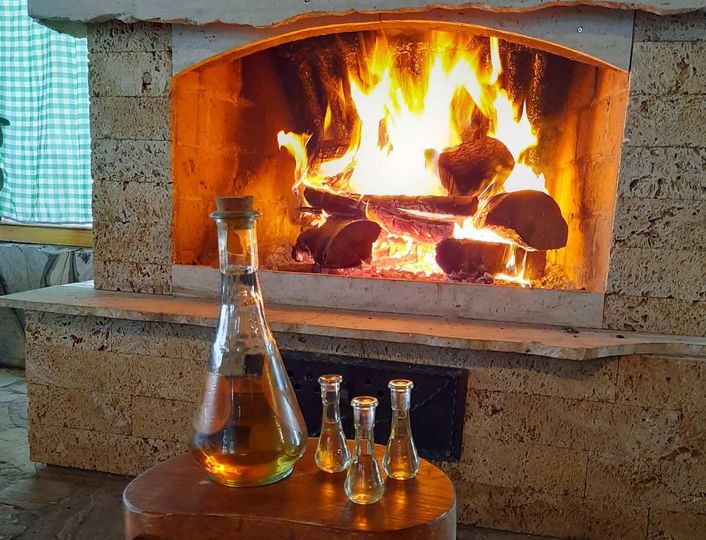
Among visitors there are those who support new trends in vegetarian and organic diet, some prefer gluten-free and keto diets, but most of them are gourmands who came here to enjoy real homemade food not thinking about its influence on increasing the blood cholesterol index.
Golija and Golija cuisine have something to offer to each expected or unexpected guest. From bread and buckwheat or wholegrain flour pie, fresh cheese with minimum percentage of fat, over stream trout and dishes made of various and delicious mushrooms of Golija, to cabbage cooked in earthen pots with various types of dried meat added, lamb, goat and pork roasted on skewers and in an iron pan covered with ember (sač), cooked dishes of vegetables such as string beans and beans with dried or cooked meat, to forgotten delicious sweet koh (type of pudding), sutlijaš rice pudding and cakes.
The most important task is to label and brand potatoes and raspberries of Golija, because this food grows in abundance. One should look for the recipes for products and dishes made of this fruit and vegetables in old cookbooks or ask the elders what was made of them. Or you may simply let your imagination running wild and let housewives, householders and restaurant owners express their creativity and find their place in gastronomy using these typical and authentic products of Golija.
No matter if you start your breakfast with buckwheat polenta at Milijana Šekler in Beli bagrem (White acacia) or rich corn porridge with peanuts, almond and hazelnuts at Sladja in the household Nebo (Sky), have trout for lunch at the motel Radochelo or restaurants by the clear rivers of Golija, you will never be deprived for the superb and authentic gastronomic experience and will wish to come again and experience Golija with all you senses.
Text and photos: Dejan Zagorac



